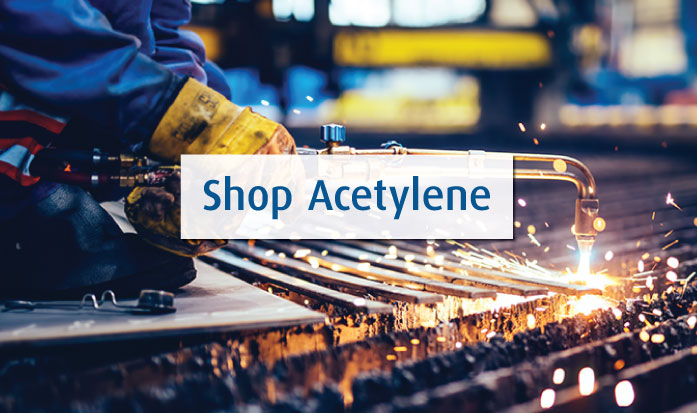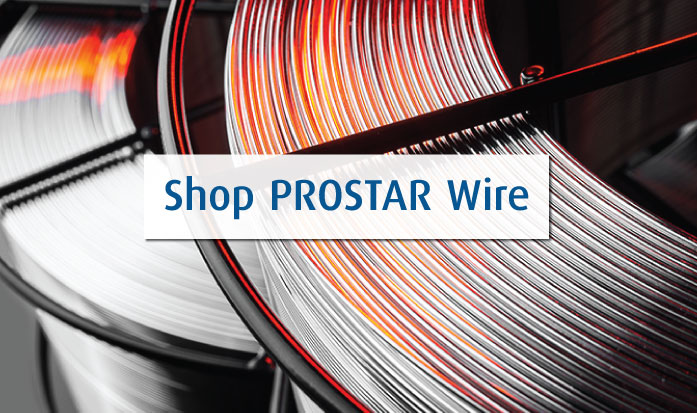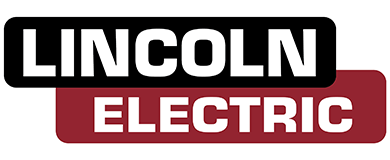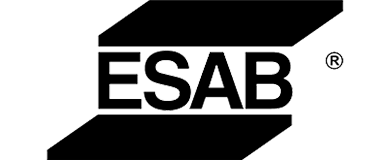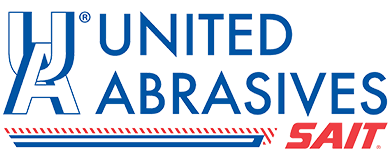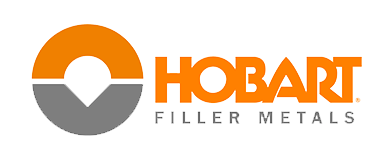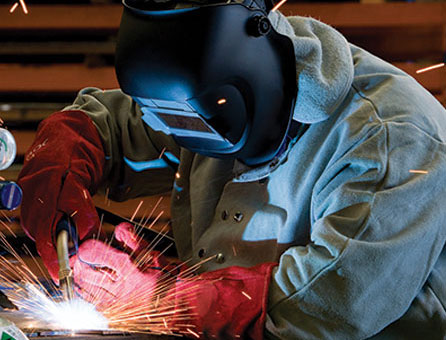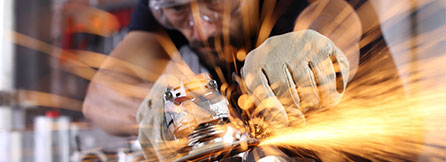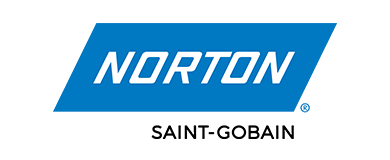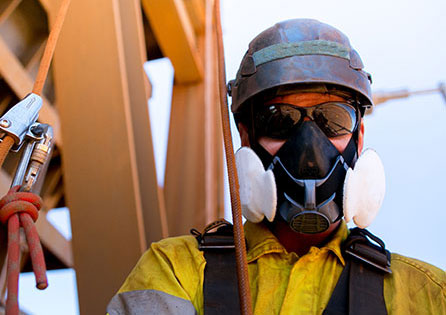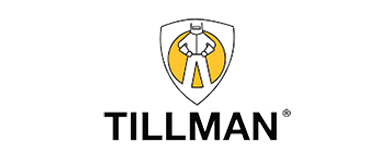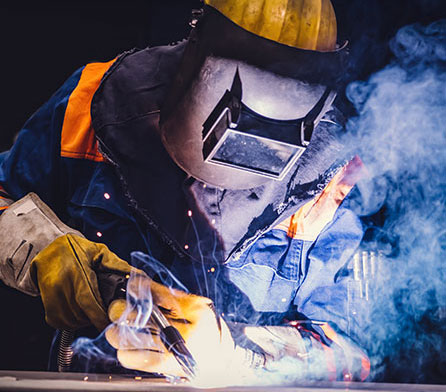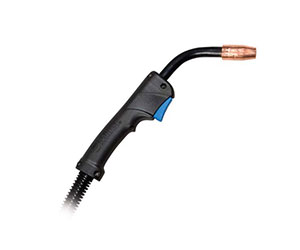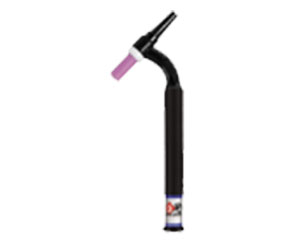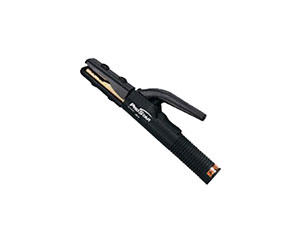Non-Destructive Weld Testing
NDT is a critical aspect of both the welding and maintenance procedures. By guaranteeing that welding has been accomplished with the right methods, manufacturers raise accountability and security against ruin. Additionally, NDT provides a helpful tool for management to minimize expenses from device failure and associated spare parts. Welders collaborating with a skilled and inclusive NDT staff assure well-built welding by fewer and less-deficient welds.
Table of Contents:What is Non-Destructive Testing (NDT)? Why is Non-Destructive Testing (NDT) Important? What are some of the Common Non-Destructive Testing Techniques for Welds? |
Welding has numerous applications across many industries, including construction, manufacturing, laboratory, and aerospace. Quality control of welded structures and components is important towards protecting their performance and durability.
Non-destructive testing (NDT) techniques can be used to inspect the integrity of welded structures or components. These techniques help users identify weld defects or discontinuities, such as cracks, porosity, inclusions, incomplete fusion, and undercutting, among others, in welds that could lead to the failure of a weld or welded component. NDT technologies for inspections do not damage the structure, making them an important tool in the welding industry.
What is Non-Destructive Testing (NDT)?
NDT is a process of inspecting materials and components to detect defects or discontinuities that may affect their integrity or performance. NDT techniques include visual testing (VT), radiography testing (RT), ultrasonic testing (UT), magnetic particle
testing (MPT), liquid penetrant testing (LPT), and eddy current testing (ECT), among others.
What is the Welding Process?
Welding is the process of joining two or more metals by melting and fusing them together. Welding is used in various industries to construct structures, repair damaged components, and create new products. Welding techniques include MIG welding, TIG welding, stick welding and submerged arc welding, among others.
|
|
|
Arc welding involves the application of electrical current to produce heat in metal parts, many times the use of a filler metal, which helps to melt and fuse them together. The welding process can cause expected or unexpected changes in the metal's physical and metallurgical properties, or inclusions in the weld zone that may affect the structure's integrity and performance. Weld quality testing using NDT techniques can be used to inspect the soundness of welded structures and components.
Why is Non-Destructive Testing (NDT) important?
The non-destructive testing (NDT) of welds is an important part of quality control which can help manufacturers ensure the quality and future effectiveness of welded structures and components. Improperly formed welded joints can contain defects or discontinuities
that can reduce the joint’s performance, and lead to corrosion and fatigue failures over time. Some of the reasons why weld quality testing is important include: 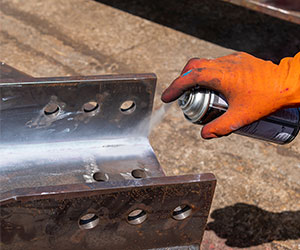
a. Weld Defect Detection: The use of NDT techniques can help detect any defects or discontinuities formed during welding that may compromise the integrity and performance of welded structures and components.
b. Saving Time and Money: NDT of welds saves time, money, and resources by enabling technicians to quickly locate welding defects and determine their type and extent, all without damaging the component. In many cases, a defect is process related. Early detection and correction can save manufacturing costs over time. With the knowledge of the defect’s location and extent, manufacturers can repair the defect, which can include gouging-out the existing weld, prepping and rewelding before the component is shipped out.
c. Compliance with Industry Standards: Various industries have regulations that require the use of NDT of welds as part of quality control. Proper inspection using NDT techniques helps maintain compliance with these industry standards.
d. Incident Prevention: Early detection of weld defects or discontinuities provides an opportunity to correct the issue and prevent weld failure incidents.
What Are Some of the Common Non-Destructive Testing Techniques for Welds?
There are various non-destructive techniques used for weld quality testing. The choice of technique depends on the type of weld, the material used, and the type and extent of possible defects to be inspected. These testing techniques include:
→ Radiography Testing (RT):
Radiography testing involves the use of X-rays or gamma rays to inspect welded components. Radiography testing can detect defects that are hidden within the weld, which may not be visible at the surface. The radiographic image produced shows the interior of the weld material, revealing possible defects or discontinuities. This image can be used to identify the type of defect, its size, and extent, enabling technicians to take appropriate steps to rectify the issue. Radiography testing is a specialized technique requiring skilled technicians.
→ Ultrasonic Testing (UT):
Ultrasonic testing involves the use of high-frequency sound waves to detect defects within a weld. The technique can detect both surface and subsurface defects. Ultrasonic testing sends sound waves through the material and as the waves pass through the material, they are reflected back if they encounter any defect or discontinuity, enabling the technician to locate the defect.
Ultrasonic testing is a versatile technique that can be used to inspect a wide range of materials and components, making it ideal for the inspection of welded structures and components. Ultrasonic testing is portable and can provide fast results. However, it also requires skilled technicians to operate.
→ Magnetic Particle Testing (MPT): 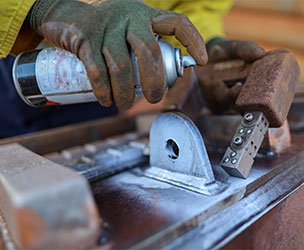
Magnetic particle testing is a technique used to detect surface-breaking defects in welds using a magnetic field to attract iron oxide particles to the surface of the weld. The technique requires the material to be magnetized, and the particles are then applied to the surface. The particles will accumulate at the location of any surface-breaking defects or cracks.
Magnetic particle testing is used to inspect welds in ferromagnetic materials such as iron, nickel, and carbon steel. Magnetic particle testing does not require any additional cleaning of the material before inspection, making it a fast and efficient testing technique.
→ Liquid Penetrant Testing (LPT):
Liquid penetrant testing is a technique used to detect surface-breaking defects by applying a visible or fluorescent dye to the surface of a weld. The dye penetrates the surface and can reveal cracks or defects. After applying the dye, the surface is cleaned, and a developer is applied to the surface to draw out the dye, making the defects visible.
Liquid penetrant testing is a versatile technique that can be used to inspect any surface, regardless of its shape or size. It is a quick and easy process that requires no special equipment or close-contact inspection, making it a cost-effective testing
technique.
Conclusion
Non-Destructive Weld Testing is an important part of quality control for welding and maintenance processes. It helps manufacturers verify weld integrity, helps to protect against catastrophic failure, and reduces downtime and subsequent costs caused by component failure in the field. With the right NDT testing method and team, welders can better ensure that their welding projects are free from defects or discontinuities.
